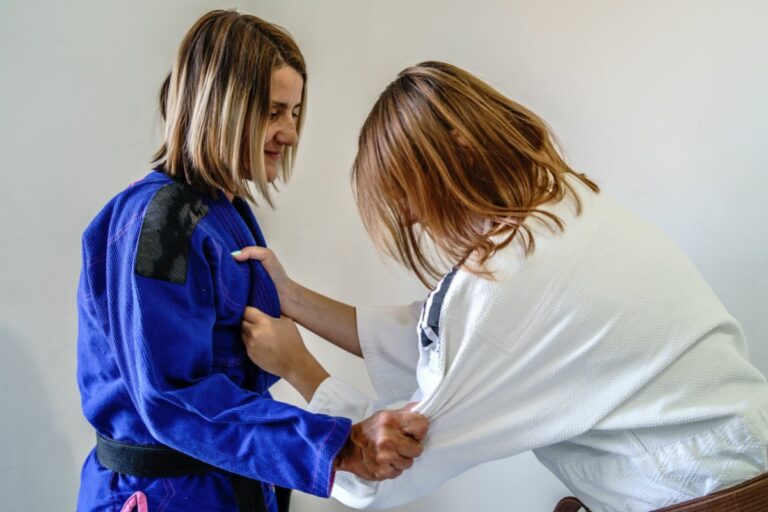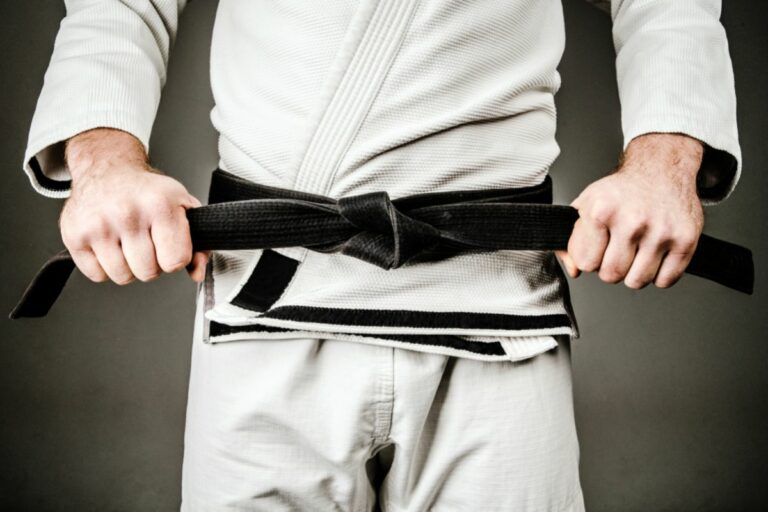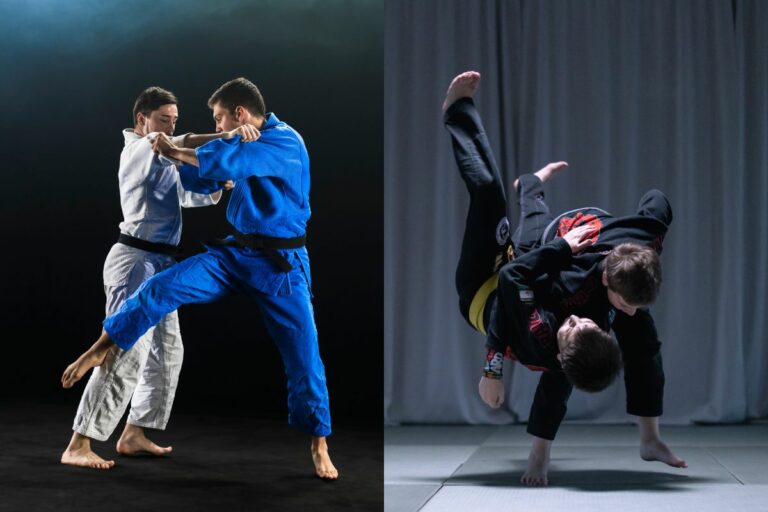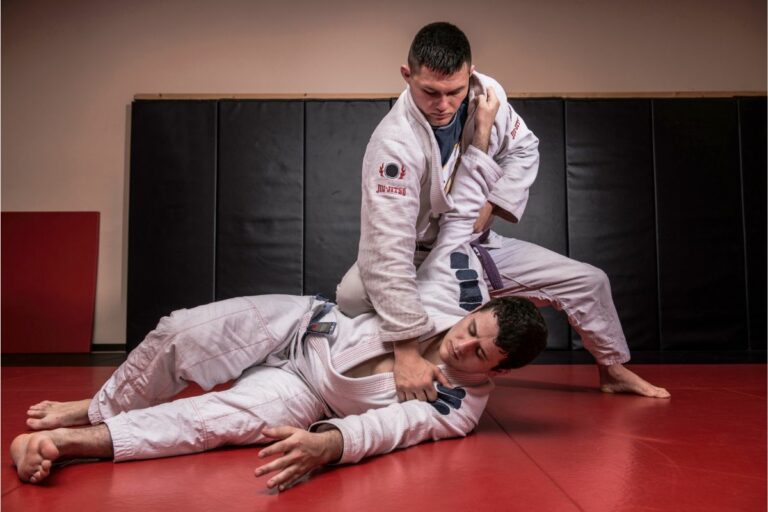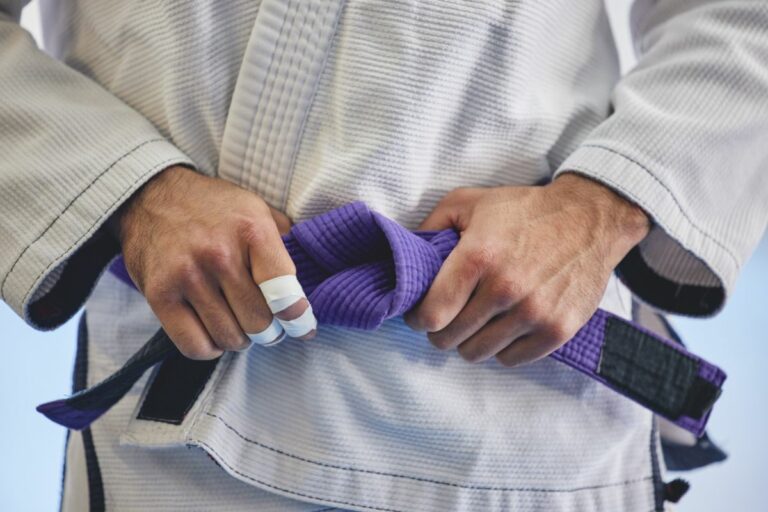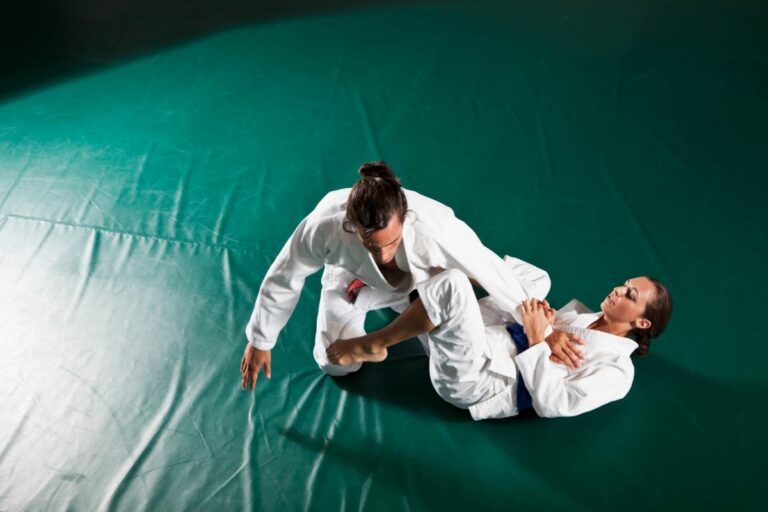Stop Doing Neck Bridges! Do This Instead
No matter which martial art you favor, be it boxing, BJJ, or MMA, the chances are high that you have heard many an instructor extolling the endless virtues of the humble neck bridge; this is an exercise that is often lauded for improving neck flexibility, strengthening the neck muscle, and giving fighters better control in holds and throws.
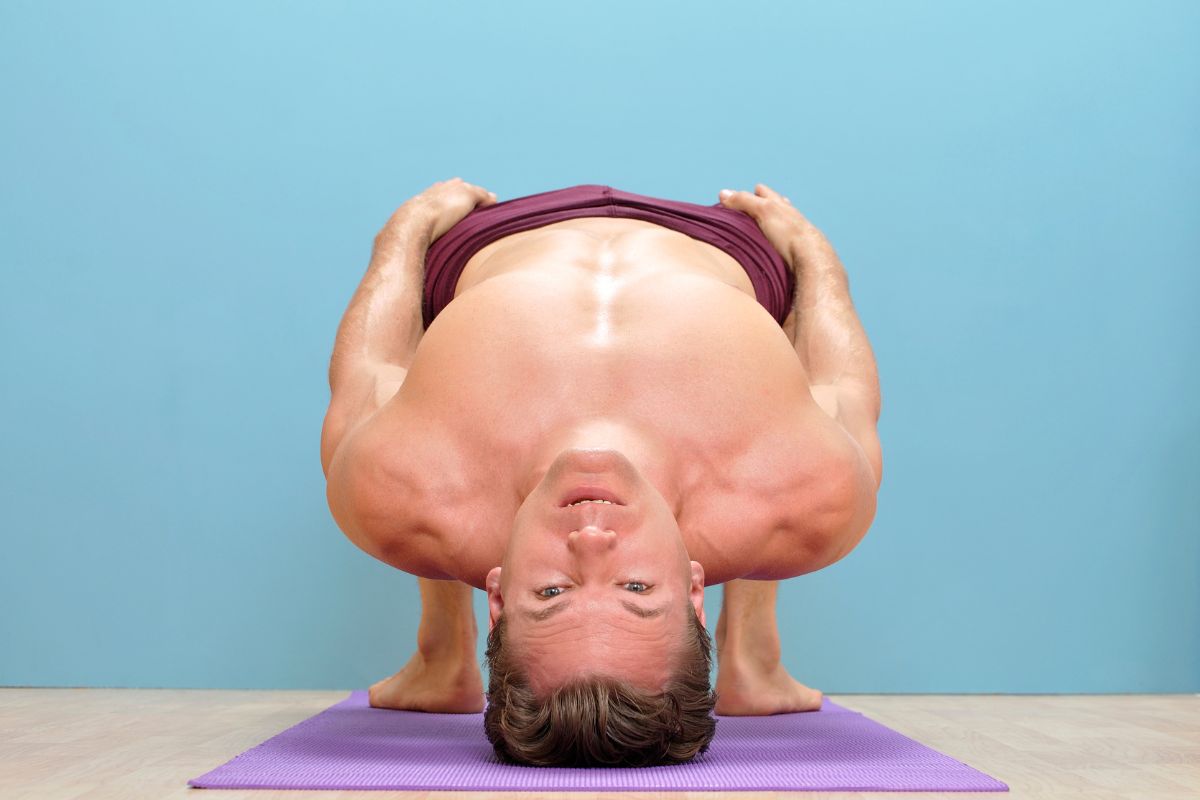
While the neck bridge is often promoted and included in a number of training regimes, there is a high chance that this exercise could actually do more harm than good – and in some cases, may be essentially useless.
Fortunately, we have put together some top alternatives to neck bridges to help you stay in shape, stay safe, and help you to grow as a fighter – all without having to roll around on top of your head.
Ready to get strong? Then read on for all you need to know.
What Are Neck Bridges?
The basic premise behind the neck bridge is simple: you lie down with your back parallel to the floor and then lift to balance on the top of your head on the floor, pushing your feet down into the ground.
When in position, the whole weight of your body will be supported using your feet and the head. The goal is to build neck strength and flexibility, and this is particularly popular with moves that involve holds and throws.
What Are The Issues With Neck Bridges?
Despite the popularity amongst some fighters, there are a few issues with doing neck bridges that can make them dangerous and potentially harmful.
These include:
Neck Strain/Injury
If done incorrectly, the neck bridge can cause injury. In fact, if performed improperly, the neck bridge can lead to serious neck injuries such as whiplash, spinal cord damage, and even death.
While the benefits of the neck bridge are obvious, they come at a price. So while the neck bridge is great for building neck strength, it is important to understand what it takes to perform the move correctly so as not to risk injury.
This understanding can be easily miscommunicated by poor teaching, coaching, or examples, and so for many people, neck bridges can be risky.
Poor Form
Another issue with the neck bridge is that it requires proper form.
If done incorrectly, the neck bridge can lead to injury due to improper positioning, and also because of the added stress placed on the neck and spine when performing the move.
For example, if you’re trying to lift yourself up off of the floor, but instead of lifting from your hips, you lift from your chest, this can increase the strain on your neck and spine.
Also, if you are lifting too quickly, you can end up overstressing the muscles and ligaments in your neck and upper back. As a result, you can end up injuring yourself.
Lack Of Variation
Another problem with the neck bridge is its lack of variation.
There is only one way to do the neck bridge, and so it’s easy to become bored with the same old routine – and when you become bored, you can become careless, increasing the risk of injury.
What Are Some Alternatives To Neck Bridges?
While the neck bridge is a very effective tool for building neck strength and flexibility, it does have a lot of drawbacks.
Fortunately, there are several other exercises that work just as well and don’t require any special equipment. Here are some of our favorites:
Chin Ups
Chin-ups are another classic core strengthening movement and are a fantastic alternative to the neck bridge, focusing on the shoulders, core, arms, and neck.
To complete a chin-up, start in front of the bar, and reach your arms behind to grab hold of the bar. Pull your body upwards until the bottom of your chin touches the bar.
Once you have reached the top, lower yourself back down slowly, and repeat as necessary.
You’ll notice that this exercise works all of the major muscle groups in your body, including your abs, glutes, quads, hamstrings, calves, and forearms.
It’s a great exercise to use before training, after training, or as part of a full-body workout.
Plank
The plank is another excellent core strengthening exercise that focuses on the entire body and is perfect for beginners looking to build a strong, stable posture.
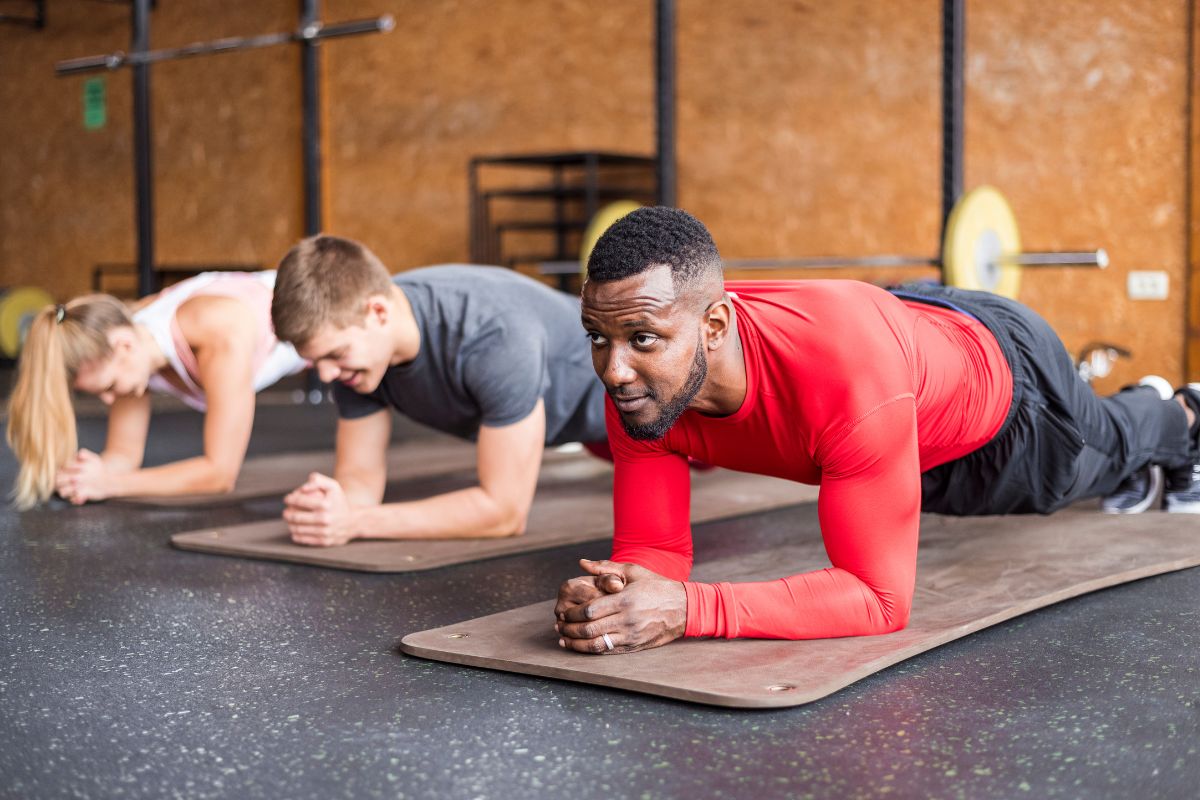
Start by lying flat on your stomach, and then raise your body into a pushup position.
Your elbows should be directly under your shoulders, and your hands should be resting on the ground. Hold this position for 30 seconds, and then rest for 10 seconds. Repeat 3 times.
Side Planks
Side planks are similar to the plank but focus more on the muscles along the side rather than the front of the body and core. Lie on your right side, and place both feet on the ground.
Place your right arm beneath you at a right angle, with the shoulder beneath the ear.
Then, lift your hips, keeping your toes in contact with the ground – there should be a straight line between your ear and your toe – you can also lift your left arm for a little more burn.
Hold for around 20 beats, and then repeat on the other side for as many reps as desired.
The Shoulder Bridge
A safer compromise on the classic neck bridge, the shoulder bridge can help to build strength in the neck when performed carefully. Start by lying on the floor, legs around hip-width apart, and hands by your side.
Keep your neck long – imagine that there is a tennis ball between your chin and your chest to resist the urge to clench, and gaze straight up as you slowly lift your hips up towards the ceiling.
Lead with your core – imagine that there is a string pulling your belly button upwards. When you reach the top, hold for a breath, and then very slowly lower your hips back down.
The Superman
This is a great exercise for building upper body strength, especially if you’re new to lifting weights and martial arts in general, and is ideal for adding strength and flexibility to the neck, shoulders, and upper arms.
Lie on your front with your arms to the sides, and lift your chest off the floor slightly.
Extend your arms out to your sides, and then bring them forward at a 90-degree angle, so your hands are roughly level with your shoulder.
Push your pelvis onto the mat, and gently lift your head, shoulders, and neck, keeping your palms facing down, and taking care not to crunch. Hold, then gently release and repeat as needed.
The Reverse Crunch
This is an excellent exercise for building upper body flexibility and helps to strengthen the neck and shoulders. Lie faceup on your mat, and place your legs at a 90-degree angle to your body, feet on the floor.
Place your arms at your sides, palms face down and exhale as you lift your feet from the ground until your thighs are vertical – keep your knees bent at 90 degrees.
Bring your knees towards your face as far as you can, lifting your hip and lower back as you go – your upper and mid-back should remain flush with the mat.
Hold for a breath, and then gently lower your feet back to the ground. Repeat as needed.
The Crossover Crunch
Another twist on the classic crunch, the crossover is a simple yet effective exercise for strengthening the neck and shoulders. Begin by lying on your mat, and place your feet flat on the ground, knees bent in front of you.
Place your hands to the back of your head – just as with a traditional crunch – and elbows out on either side. Once again, pretend you have a tennis ball between your chin and chest to avoid clenching and relax your jaw and throat.
Once you are ready, cross the right ankle over the left knee. Exhale, and contract your abs as you lift your upper body, head, and neck from the mat.
Twist your body to the right, squeezing your abs, and touch your left elbow to your right knee. Inhale as you come out of the twist, and switch to the other side. Repeat as needed, ending by returning both feet flat to the ground.
You can also add a little heat to this by extending the leg out as long as you touch it with the elbow, and by speeding up the movement – always take care to protect your neck.
Final Thoughts
A neck bridge may be a classic – but that does not mean that it is the best option for your training and wellbeing.
Instead, try one of the techniques outlined above to increase neck strength and flexibility while still remaining strong, safe and healthy, and get ready to watch your fitness and fighting ability grow and evolve before your eyes.


